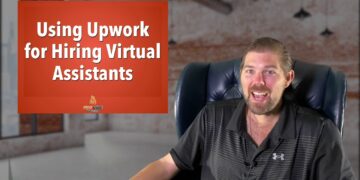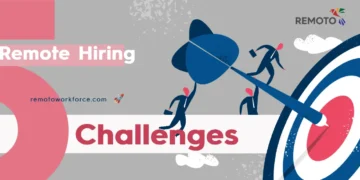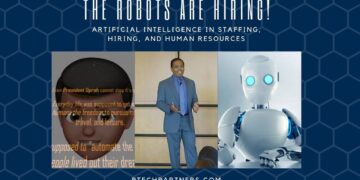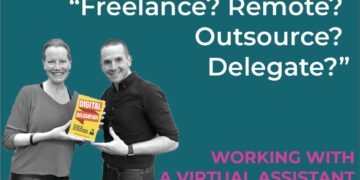Even with an open budget, a clear need, and urgency to hire, some roles remain vacant for weeks—sometimes months. Why?
For small businesses, especially those hiring remote positions, the challenge often goes beyond talent availability. Unfilled roles are often a sign of internal misalignment, inefficient hiring practices, or a lack of clarity about what the business truly needs.
Here’s why positions stay unfilled, what that reveals about your process, and how to correct it.
Vague or overly complex job descriptions
It all starts with the job description. This is your first impression of candidates, and if it’s unclear or too complex, it can push away qualified talent. For example, combining multiple unrelated roles into one, using confusing internal jargon that candidates don’t understand, listing an overwhelming number of skills, or neglecting to mention key perks like remote flexibility can all be major turnoffs.
To prevent this, write job descriptions that focus on clear outcomes and use friendly, straightforward language that connects candidates. Paint a clear picture of what success looks like in the role. A helpful step is to have someone from your team review the description before you post it to catch any blind spots or confusing wording.
Misalignment between hiring teams and leadership
Hiring teams, HR, and leadership must be aligned on the role’s scope from the start, or confusion and delays are almost guaranteed. Problems often arise when there are conflicting views on the seniority level or salary, unclear distinctions between must-have and nice-to-have skills, inconsistent feedback from interviewers, or shifting expectations during the search.
To avoid this, bring everyone together before launching your search to clarify key questions like what the new hire will achieve in the first 90 days, which skills and experiences are non-negotiable, and who will manage each step of the process. Getting aligned early prevents costly missteps later on.
Lack of internal hiring readiness
Sometimes the intention to hire is clear, but the process isn’t ready. This can show up as delayed interviews, unclear responsibilities, or a lack of structured timelines, which quickly frustrates candidates and causes them to lose interest.
Treat hiring like any other important project by assigning clear ownership, setting realistic deadlines, and prepping your interview team before the role goes live. Look for ways to automate repetitive tasks to streamline the process. When your hiring process runs smoothly, you’ll attract and secure great candidates faster—especially for remote roles.
Explore key remote recruitment metrics to track performance
Limited visibility and outreach
Posting a job and waiting for applicants isn’t enough anymore. If your job has low visibility, even the best description won’t attract top talent. Many businesses rely on just one or two job boards, skip reaching out to passive candidates, and aren’t present in niche or remote communities.
To improve your reach, use multiple channels like LinkedIn, newsletters, specialized remote job boards, and online communities. Better yet, work with hiring experts who know exactly where and how to find top candidates.
Check out 6 time-saving features on hiring platforms that can boost your visibility and efficiency
5. Poor candidate experience
Even if you’re eager to hire, a slow, confusing, or disorganized process can quickly turn away your best candidates. This can happen when responses are delayed, timelines are vague, interview stages feel disconnected, or there’s a lack of transparency about the role and company culture.
Today’s candidates expect clarity, speed, and respect throughout the hiring process. A poor candidate experience not only causes you to lose great talent now but can also damage your employer brand in the long term.
Read what a great candidate experience looks like
Respecting candidates’ time and communicating clearly at every stage shows your professionalism and increases your chances of landing the right person for the job.
Key Takeaways
When a position stays open for too long, the problem usually lies within the hiring process; not just the job market. Vague job descriptions, internal misalignment, limited outreach, and poor candidate experience are common blockers that small businesses can fix.
By clarifying your job postings, aligning your teams, preparing for your hiring process, broadening your reach, and creating a smooth candidate journey, you’ll dramatically reduce your time-to-hire. Especially for remote roles, a strategic and organized approach is key.
Stop the talent gap before it slows down your growth.
Talk to our hiring experts today and start filling your open roles faster.
Book a Call Today














